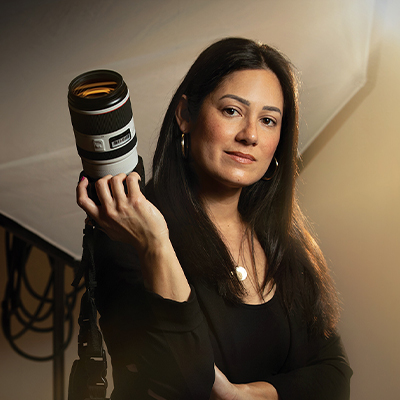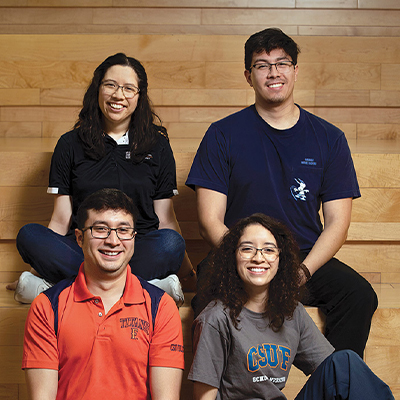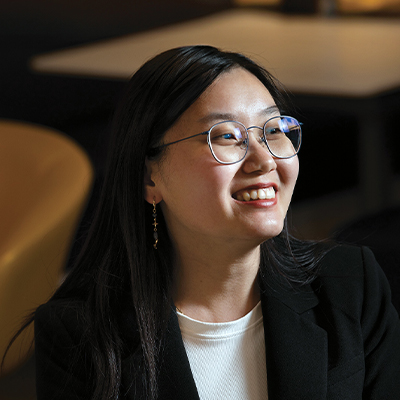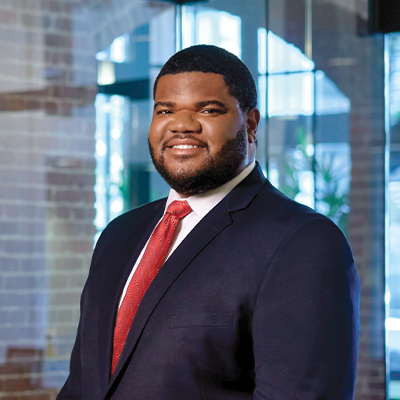Geology alumni Michelle Barboza-Ramirez and Gabriel-Philip Santos dig paleontology — and their fascination with fossils turned into a passion for science storytelling.
Santos has always been interested in science and admired naturalist David Attenborough and the late crocodile hunter Steve Irwin.
“Both had the amazing ability to tell stories about nature and inspire people around the world,” Santos says. “Growing up, a part of me wanted to be like them.”
Barboza-Ramirez adds: “What got me excited and made me passionate about science was talking to people about fossils and making science accessible and relatable.”
The former Cal State Fullerton student researchers are co-hosts of the PBS show “Eons.” The self-described nerdy scientists and fossil fanatics take viewers on a journey through the history of life on Earth — from about 2 billion years ago to the most recent Ice Age.
“Eons” YouTube and TikTok episodes highlight science topics with fun, friendly, short and easy-to-understand shows written by scientists for nonscientists.
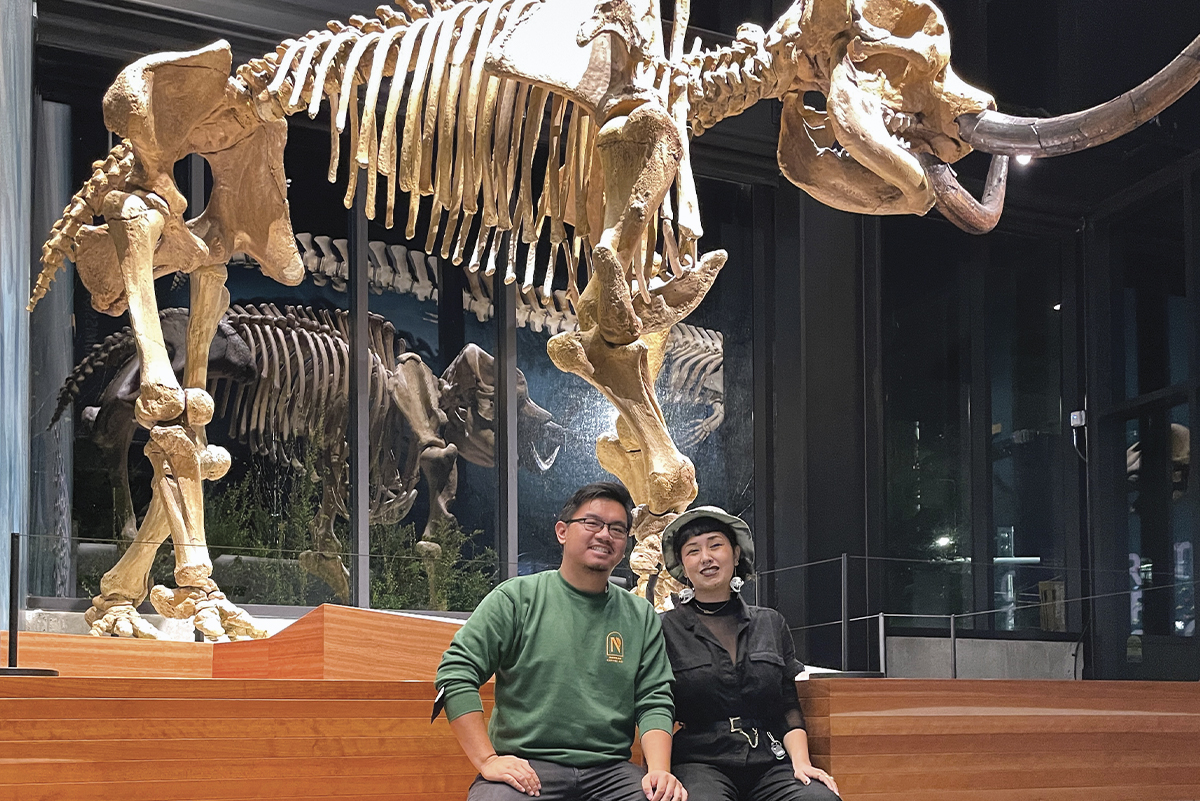
“The show brings cutting-edge science to your screen,” says Barboza-Ramirez ’16 (B.S. geology), who started filming episodes in 2021.
Barboza-Ramirez and Santos are set to begin taping 2024 season episodes this summer at the “Eons” studio in Missoula, Montana. A production of Complexly for PBS Digital Studios, “Eons” has 2.8 million subscribers and more than 635 million views on YouTube. The show boasts 365K followers on TikTok and 106K followers on Instagram.
TELLING TRUE TALES OF A PREHISTORIC WORLD
“Is life on Mars related to life on Earth?” “What led to the massive collision of tectonic plates millions of years ago to form the San Andreas Fault?” These are some of the perplexing questions about Earth’s prehistoric past Barboza-Ramirez poses to “Eons” viewers in edgy, factual and fascinating episodes.
Barboza-Ramirez’s favorite episodes include “How a Mass Extinction Changed Our Brains,” “A Natural History of Mars” and “How Plate Tectonics Transformed Los Angeles.” Filmed in and around Los Angeles, the show explores the region’s natural history dating back 30 million years ago.
Santos ’18 (M.S. geology) started his co-hosting stint by creating “Eons” TikTok short videos last fall. He is thrilled to be part of the “Eons” cast and tell stories about deep time, paleontology and natural history.
In one video, Santos explains fossil turduckens — ancient fossil food chains that show an animal within an animal — like a 48-million-year-old snake that ate an ancient lizard who last ate a tiny insect. In another clip, he ponders burning questions about fossil chile pepper plants — even sacrificing his taste buds by biting into a super hot Thai bird’s eye chile pepper.
“I get to work with some of the best science storytellers and learn from them,” says Santos, director of visitor engagement and education at the Raymond M. Alf Museum of Paleontology at The Webb Schools in Claremont.
SHATTERING STEREOTYPES IN SCIENCE
As science communicators, both share how their diverse identities are assets in helping others understand the wonders of the natural world. Barboza-Ramirez, Latinx, queer and nonbinary, uses they/them pronouns, and Santos, Filipino American, strive to be inclusive examples for the younger generation.
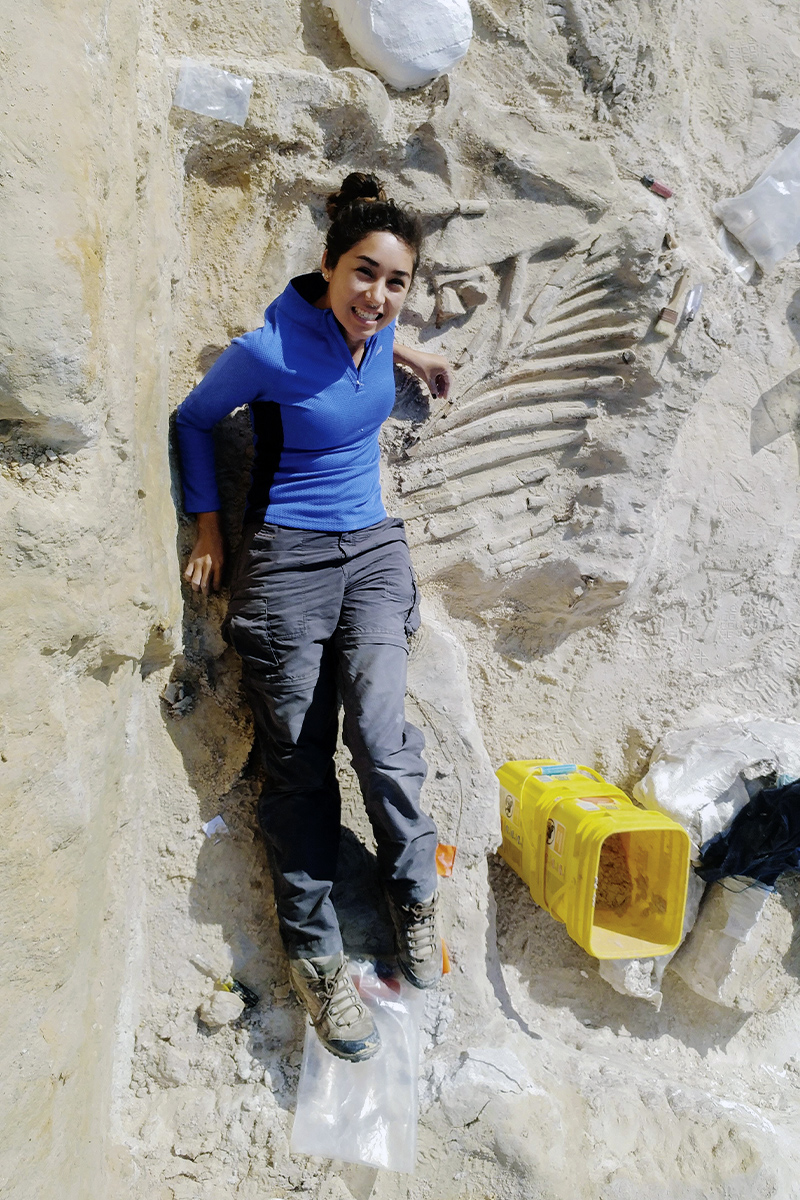
“We not only need more women in science but queer scientists, scientists of color, scientists with disabilities — diversity is lacking in all areas,” says Barboza-Ramirez, who is involved with outreach programs to encourage geoscience diversity.
“Science is not as objective as it seems; when there is a lack of viewpoints, there is a lack of innovation, creativity and concern for those who are not represented.”
Barboza-Ramirez earned a master’s degree in vertebrate paleontology from the University of Florida and is a geology instructor at two community colleges in Seattle. They also direct a National Science Foundation-funded STEM program for underrepresented students.
In his new side gig, Santos also wants to disrupt stereotypes in science: “I want to show students that this brown-skinned Filipino American guy is a paleontologist and science educator on a large platform.
“Because there are so few Filipino scientists represented in science media, I have this incredible opportunity to be part of that representation and inspire Filipino students to pursue science careers.”
DIGGING PALEONTOLOGY RESEARCH
The paleontologists turned science educators studied Orange County fossils — animals that lived millions of years ago in the region — under the mentorship of James F. Parham, professor of geological sciences. Barboza-Ramirez studied ancient crocodiles and Santos researched desmostylians, an extinct hippo-like marine mammal, and a 45-million-year-old bonebed from South Orange County.
To foster an appreciation for science and remove barriers, the friends co-founded Cosplay for Science, which combines storytelling, pop culture and role-playing as fictional characters to teach science.
While his parents encouraged him to pursue a medical career, as a graduate student, Santos rediscovered his fascination with learning more about ancient life on Earth.
“I’ve learned from so many to develop my own style that incorporates my enjoyment of storytelling, background as a scientist — and love of helping others understand science.”
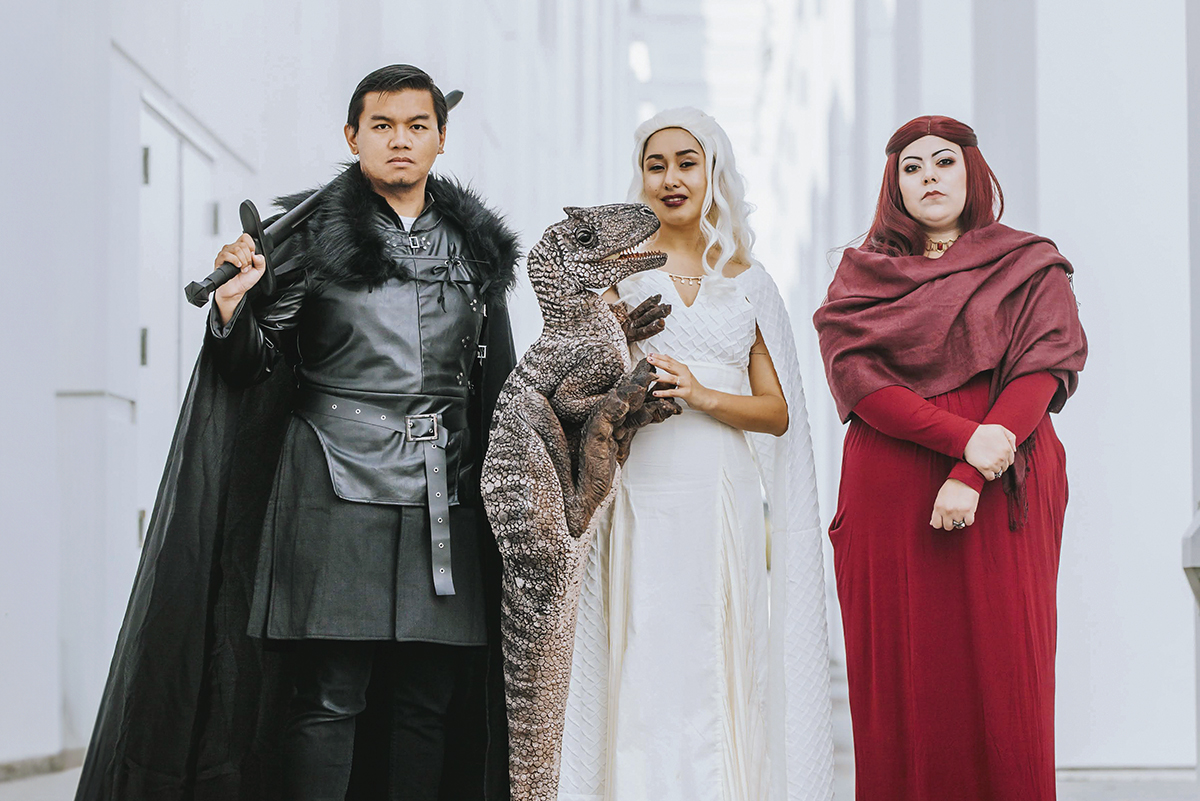
Barboza-Ramirez entered college as a business administration major and never imagined becoming a paleontologist, a science storyteller or traveling the world to visit dig sites.
“Taking an introductory geology class sparked my curiosity. Once I figured out that you could get paid to go hiking, play in the dirt, dig up fossils and tell amazing science stories, there was no going back.”
